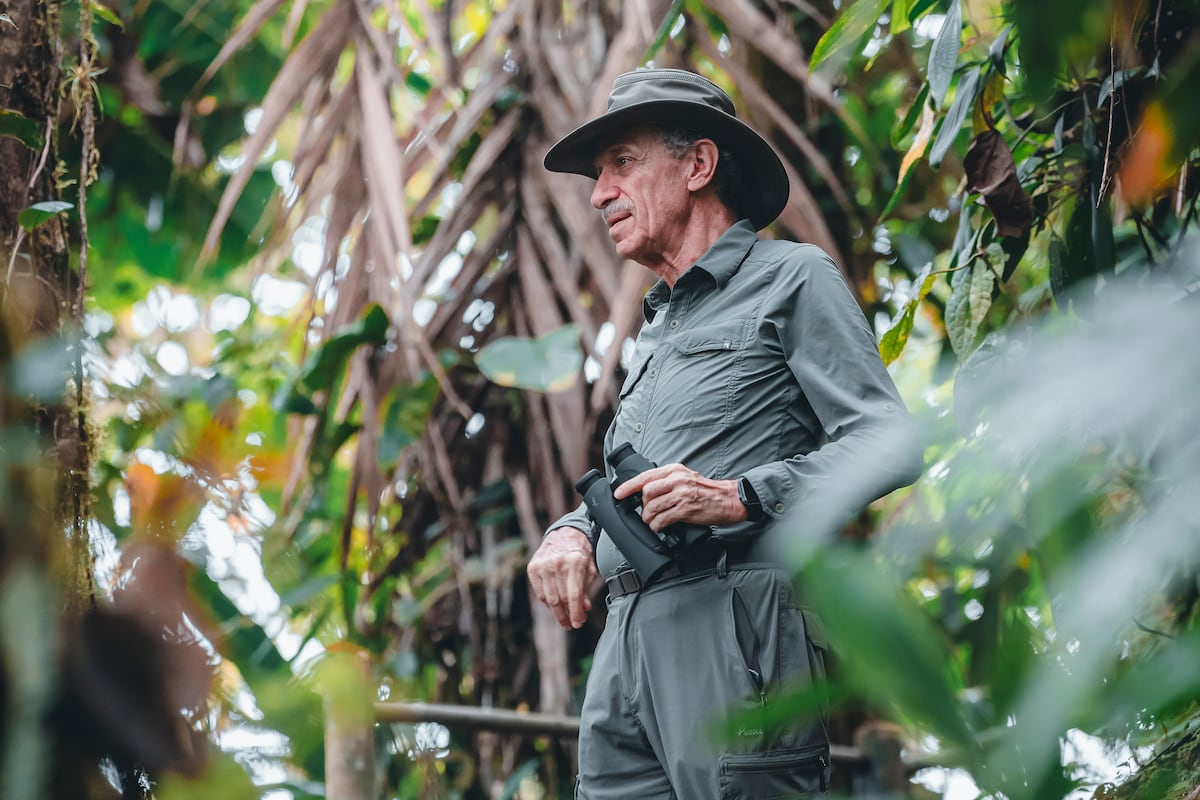
"Twenty-five years ago, Roque Sevilla (Quito, 78), an economist with a passion for nature, went in search of the last remaining forest in the Andean Choco, in Ecuador. At the time, he sought to conserve life in one of the most biodiverse areas on the planet. It was there, when he visited aged 53, that the Mashpi-Tayra Reserve was born, now a habitat for unique animals, insects, and birds."
"His combination of forest protection through technology, species protection, and community work was an essential reason for the International Union for Conservation of Nature (IUCN) to award Sevilla the Kenton Miller Award for Innovation in Protected Areas. We're creating a legacy for future generations because ours has been completely aggressive toward nature, and in some way, we have to restore that before we leave this world, he reflects."
"Sevilla recalls that, in 2000, when he bought those 1,200 hectares of land to protect it, I knew it was something very valuable from a conservation standpoint. Although the residents thought I was buying it for the gold, the former metropolitan mayor of Quito says with a laugh. Sevilla has dedicated almost his entire life to defending nature and developing sustainable alternatives to major environmental threats."
"In 1987, Sevilla, then leading an Ecuadorian NGO and working with WWF and The Nature Conservancy, achieved the first debt-for-nature swap in Ecuador: $10 million was allocated to the protection of National Parks. Since then, his work has continued. Today, he is focused on protecting the Andean Choco, declared a Biosphere Reserve by UNESCO."
Roque Sevilla established the Mashpi-Tayra Reserve to conserve remnant Andean Chocó cloud forest near Quito and protect its exceptional biodiversity. Sevilla combined forest protection technologies, species conservation programs, and community engagement to create a protected island of subtropical cloud forest. He pioneered conservation finance in Ecuador with the 1987 debt-for-nature swap that redirected $10 million to national parks, and purchased 1,200 hectares in 2000 for long-term protection. The reserve hosts hundreds of bird and mammal species, dozens of amphibians and reptiles, and recent botanical discoveries including a tree species reaching up to 50 meters. The area contributes to UNESCO Biosphere Reserve goals.
Read at english.elpais.com
Unable to calculate read time
Collection
[
|
...
]